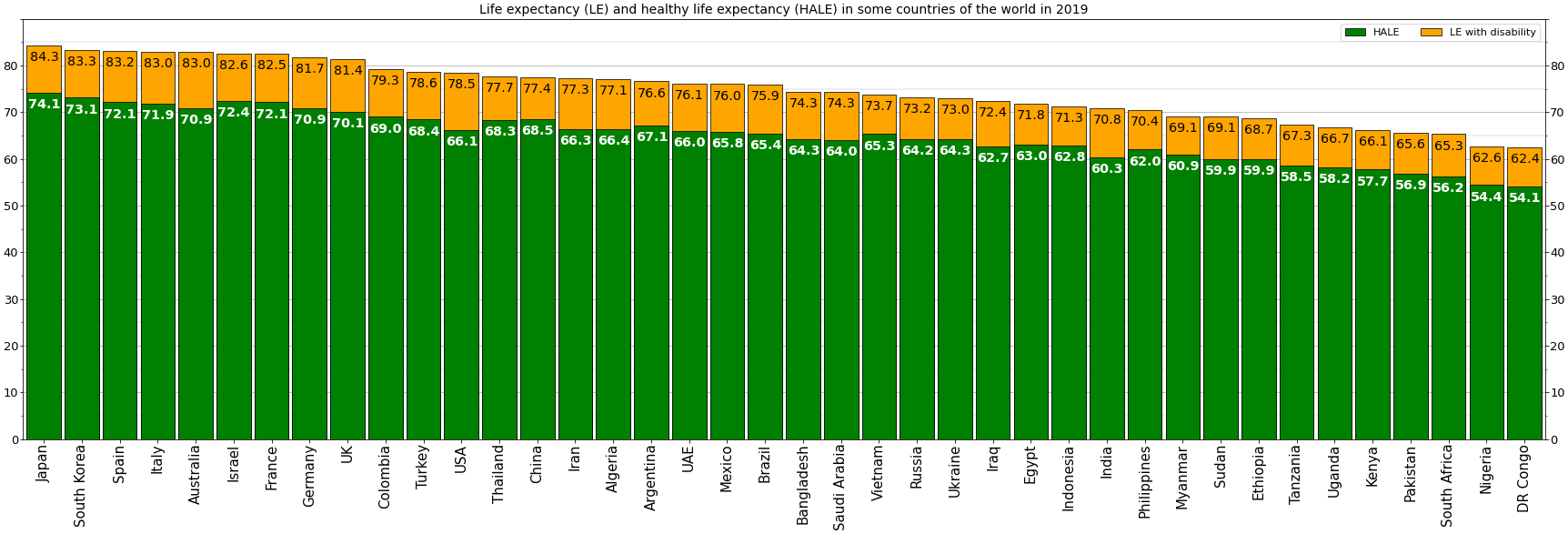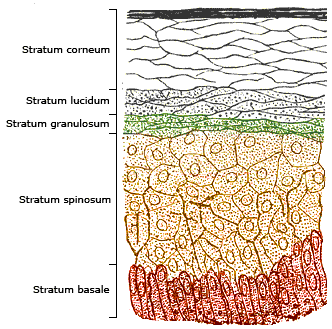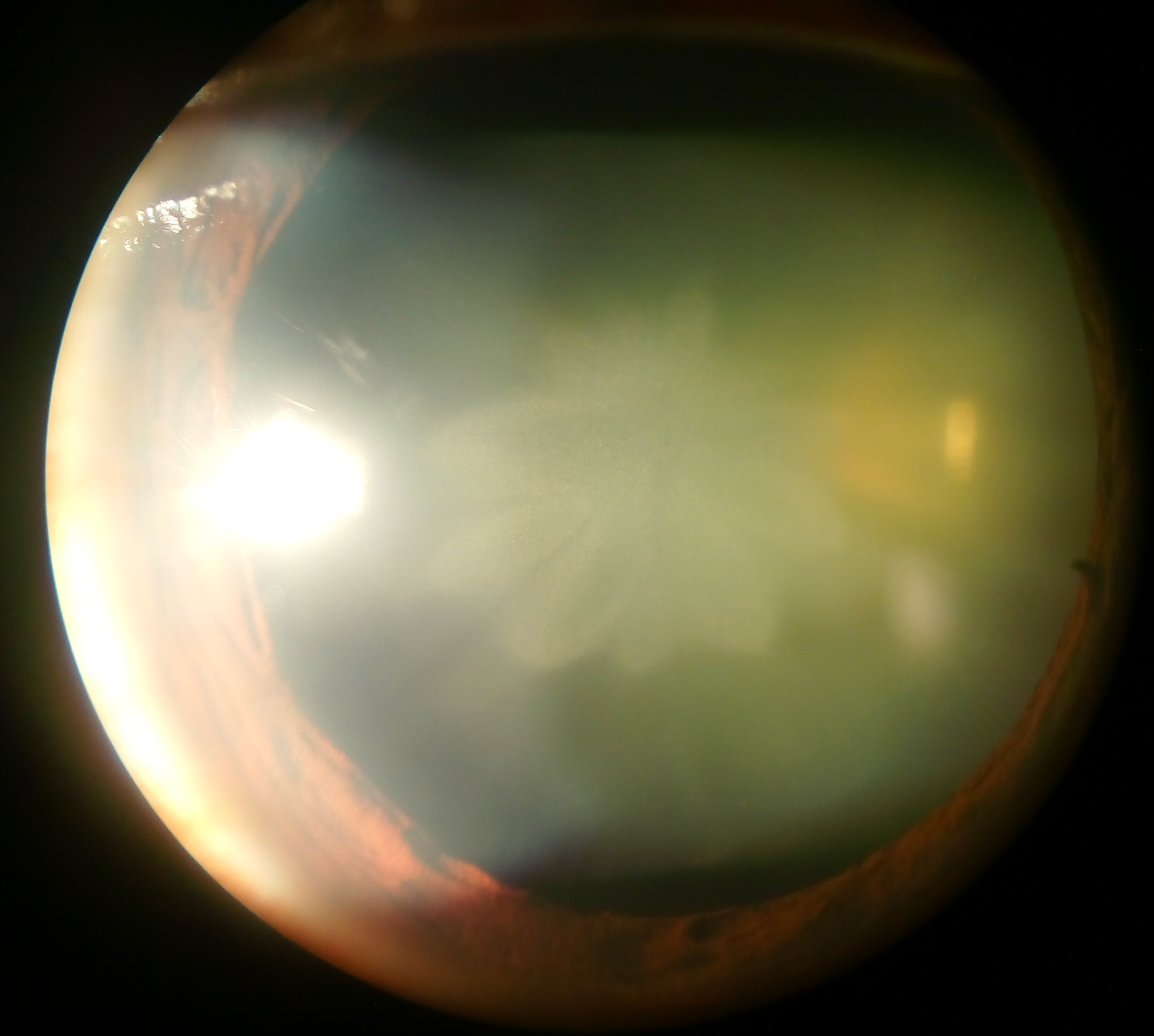|
Xeroderma Pigmentosum
Xeroderma pigmentosum (XP) is a genetic disorder in which there is a decreased ability to repair DNA damage such as that caused by ultraviolet (UV) light. Symptoms may include a severe sunburn after only a few minutes in the sun, freckling in sun-exposed areas, dry skin and changes in skin pigmentation. Nervous system problems, such as hearing loss, poor coordination, loss of intellectual function and seizures, may also occur. Complications include a high risk of skin cancer, with about half having skin cancer by age 10 without preventative efforts, and cataracts. There may be a higher risk of other cancers such as brain cancers. XP is autosomal recessive, with mutations in at least nine specific genes able to result in the condition. Normally, the damage to DNA which occurs in skin cells from exposure to UV light is repaired by nucleotide excision repair. In people with xeroderma pigmentosum, this damage is not repaired. As more abnormalities form in DNA, cells malfunction a ... [...More Info...] [...Related Items...] OR: [Wikipedia] [Google] [Baidu] |
Life Expectancy
Human life expectancy is a statistical measure of the estimate of the average remaining years of life at a given age. The most commonly used measure is ''life expectancy at birth'' (LEB, or in demographic notation ''e''0, where ''e''x denotes the average life remaining at age ''x''). This can be defined in two ways. ''Cohort'' LEB is the mean length of life of a birth Cohort (statistics), cohort (in this case, all individuals born in a given year) and can be computed only for cohorts born so long ago that all their members have died. ''Period'' LEB is the mean length of life of a hypothetical cohort assumed to be exposed, from birth through death, to the mortality rates observed at a given year. National LEB figures reported by national agencies and international organizations for human populations are estimates of ''period'' LEB. Human remains from the early Bronze Age indicate an LEB of 24. In 2019, world LEB was 73.3. A combination of high infant mortality and d ... [...More Info...] [...Related Items...] OR: [Wikipedia] [Google] [Baidu] |
Retinoid Cream
The retinoids are a class of chemical compounds that are natural derivatives of vitamin A or are chemically related to it. Synthetic retinoids are utilized in cosmetic formulations, clinical dermatology, and the treatment of some forms of cancer. Retinoids have many important functions throughout the body, including in vision, regulation of skin proliferation and differentiation, growth of bone tissue, immune function, and male fertility. The biology of retinoids is complex, having well-documented effectiveness in the management of conditions ranging from acute promyelocytic leukemia to acne to photoaging. On the other hand, retinoids may be involved in metabolic dysfunction and, at least in some forms, carcinogenesis. Types Retinoids are divided into four generations based on their molecular structure and receptor selectivity. Structure The basic structure of the hydrophobic retinoid molecule consists of a cyclic end group, a polyene side chain and a polar end group. The c ... [...More Info...] [...Related Items...] OR: [Wikipedia] [Google] [Baidu] |
Sunscreen
Sunscreen, also known as sunblock, sun lotion or sun cream, is a photoprotection, photoprotective topical product for the Human skin, skin that helps protect against sunburn and prevent skin cancer. Sunscreens come as lotions, sprays, gels, foams (such as an expanded foam lotion or whipped lotion), sticks, powders and other topical products. Sunscreens are common supplements to clothing, particularly sunglasses, sunhats and special sun protective clothing, and other forms of photoprotection (such as umbrellas). Sunscreens may be classified according to the type of #Active_ingredients, active ingredient(s) present in the formulation (inorganic compounds or organic compound, organic molecules) as: * Mineral sunscreens (also referred to as physical), which use only inorganic compounds (zinc oxide and/or titanium dioxide) as active ingredients. These ingredients primarily work by absorbing UV rays but also through reflection and refraction. * Chemical sunscreens, which use organic ... [...More Info...] [...Related Items...] OR: [Wikipedia] [Google] [Baidu] |
Nucleotide Excision Repair
Nucleotide excision repair is a DNA repair mechanism. DNA damage occurs constantly because of chemicals (e.g. Intercalation (biochemistry), intercalating agents), radiation and other mutagens. Three excision repair pathways exist to repair single stranded DNA damage: Nucleotide excision repair (NER), base excision repair (BER), and DNA mismatch repair (MMR). While the BER pathway can recognize Base excision repair#Lesions processed by BER, specific non-bulky lesions in DNA, it can correct only damaged bases that are removed by Base excision repair#DNA glycosylases, specific glycosylases. Similarly, the MMR pathway only targets mismatched Watson-Crick base pairs. Nucleotide excision repair (NER) is a particularly important excision mechanism that removes DNA damage induced by ultraviolet light (UV). UV DNA damage results in bulky DNA adducts — these adducts are mostly thymine dimers and 6,4-photoproducts. Recognition of the damage leads to removal of a short single-stranded DNA s ... [...More Info...] [...Related Items...] OR: [Wikipedia] [Google] [Baidu] |
Epidermis (skin)
The epidermis is the outermost of the three layers that comprise the skin, the inner layers being the dermis and hypodermis. The epidermal layer provides a barrier to infection from environmental pathogens and regulates the amount of water released from the body into the atmosphere through transepidermal water loss. The epidermis is composed of multiple layers of flattened cells that overlie a base layer ( stratum basale) composed of columnar cells arranged perpendicularly. The layers of cells develop from stem cells in the basal layer. The thickness of the epidermis varies from 31.2μm for the penis to 596.6μm for the sole of the foot with most being roughly 90μm. Thickness does not vary between the sexes but becomes thinner with age. The human epidermis is an example of epithelium, particularly a stratified squamous epithelium. The word epidermis is derived through Latin , itself and . Something related to or part of the epidermis is termed epidermal. Structure ... [...More Info...] [...Related Items...] OR: [Wikipedia] [Google] [Baidu] |
Mutations
In biology, a mutation is an alteration in the nucleic acid sequence of the genome of an organism, virus, or extrachromosomal DNA. Viral genomes contain either DNA or RNA. Mutations result from errors during DNA or viral replication, mitosis, or meiosis or other types of damage to DNA (such as pyrimidine dimers caused by exposure to ultraviolet radiation), which then may undergo error-prone repair (especially microhomology-mediated end joining), cause an error during other forms of repair, or cause an error during replication ( translesion synthesis). Mutations may also result from substitution, insertion or deletion of segments of DNA due to mobile genetic elements. Mutations may or may not produce detectable changes in the observable characteristics (phenotype) of an organism. Mutations play a part in both normal and abnormal biological processes including: evolution, cancer, and the development of the immune system, including junctional diversity. Mutation is the ... [...More Info...] [...Related Items...] OR: [Wikipedia] [Google] [Baidu] |
Cataract
A cataract is a cloudy area in the lens (anatomy), lens of the eye that leads to a visual impairment, decrease in vision of the eye. Cataracts often develop slowly and can affect one or both eyes. Symptoms may include faded colours, blurry or double vision, halos around light, trouble with bright lights, and Nyctalopia, difficulty seeing at night. This may result in trouble driving, reading, or recognizing faces. Poor vision caused by cataracts may also result in an increased risk of Falling (accident), falling and Depression (mood), depression. Cataracts cause 51% of all cases of blindness and 33% of visual impairment worldwide. Cataracts are most commonly due to senescence, aging but may also occur due to Trauma (medicine), trauma or radiation exposure, be congenital cataract, present from birth, or occur following eye surgery for other problems. Risk factors include diabetes mellitus, diabetes, longstanding use of corticosteroid medication, smoking tobacco, prolonged exposu ... [...More Info...] [...Related Items...] OR: [Wikipedia] [Google] [Baidu] |
Skin Cancer
Skin cancers are cancers that arise from the Human skin, skin. They are due to the development of abnormal cells (biology), cells that have the ability to invade or metastasis, spread to other parts of the body. It occurs when skin cells grow uncontrollably, forming malignant tumors. The primary cause of skin cancer is prolonged exposure to ultraviolet (UV) radiation from the sun or tanning devices. Skin cancer is the most commonly diagnosed form of cancer in humans. There are three main types of skin cancers: basal-cell skin cancer (BCC), squamous-cell skin cancer (SCC) and melanoma. The first two, along with a number of less common skin cancers, are known as nonmelanoma skin cancer (NMSC). Basal-cell cancer grows slowly and can damage the tissue around it but is unlikely to spread to distant areas or result in death. It often appears as a painless raised area of skin that may be shiny with telangiectasia, small blood vessels running over it or may present as a raised area wit ... [...More Info...] [...Related Items...] OR: [Wikipedia] [Google] [Baidu] |
Seizures
A seizure is a sudden, brief disruption of brain activity caused by abnormal, excessive, or synchronous neuronal firing. Depending on the regions of the brain involved, seizures can lead to changes in movement, sensation, behavior, awareness, or consciousness. Symptoms vary widely. Some seizures involve subtle changes, such as brief lapses in attention or awareness (as seen in absence seizures), while others cause generalized convulsions with loss of consciousness ( tonic–clonic seizures). Most seizures last less than two minutes and are followed by a postictal period of confusion, fatigue, or other symptoms. A seizure lasting longer than five minutes is a medical emergency known as status epilepticus. Seizures are classified as provoked, when triggered by a known cause such as fever, head trauma, or metabolic imbalance, or unprovoked, when no immediate trigger is identified. Recurrent unprovoked seizures define the neurological condition epilepsy. Clinical features Seizur ... [...More Info...] [...Related Items...] OR: [Wikipedia] [Google] [Baidu] |
Hearing Loss
Hearing loss is a partial or total inability to hear. Hearing loss may be present at birth or acquired at any time afterwards. Hearing loss may occur in one or both ears. In children, hearing problems can affect the ability to acquire spoken language, and in adults it can create difficulties with social interaction and at work. Hearing loss can be temporary or permanent. Hearing loss related to age usually affects both ears and is due to cochlear hair cell loss. In some people, particularly older people, hearing loss can result in loneliness. Hearing loss may be caused by a number of factors, including: genetics, ageing, exposure to noise, some infections, birth complications, trauma to the ear, and certain medications or toxins. A common condition that results in hearing loss is chronic ear infections. Certain infections during pregnancy, such as cytomegalovirus, syphilis and rubella, may also cause hearing loss in the child. Hearing loss is diagnosed when hearing ... [...More Info...] [...Related Items...] OR: [Wikipedia] [Google] [Baidu] |
Dry Skin
Xeroderma, xerosis or xerosis cutis, or simply dry skin, is a skin condition characterized by excessively dry skin. The term derives . In most cases, dry skin can safely be treated with moisturizers (also called emollients). Xeroderma occurs most commonly on the scalp, lower legs, arms, hands, knuckles, the sides of the abdomen, and thighs. Symptoms most associated with xeroderma are such skin conditions as scaling (the visible peeling of the outer skin layer), itching, and skin fissures (cracked skin). Causes Xeroderma is a very common condition. It happens more often in the winter when the cold air outside and the hot air inside create a low relative humidity. This causes the skin to lose moisture and it may crack and peel. Bathing or hand washing too frequently, especially if one is using harsh soaps, can contribute to xeroderma. Xeroderma can be caused by a deficiency of vitamin A, vitamin D, zinc, systemic illness, severe sunburn, or some medication. Xeroderma can b ... [...More Info...] [...Related Items...] OR: [Wikipedia] [Google] [Baidu] |






